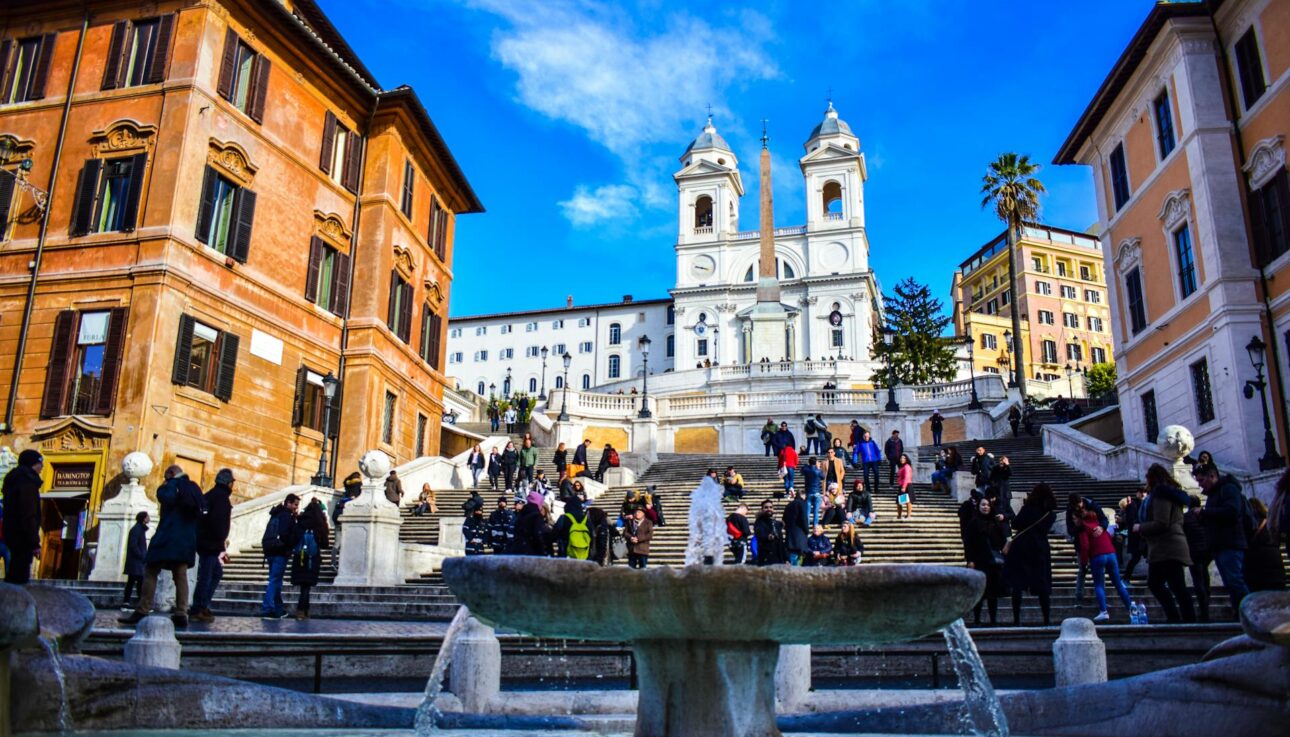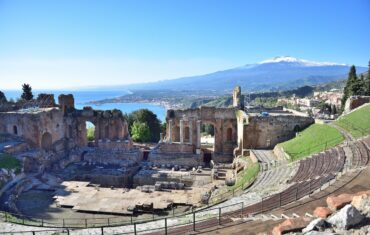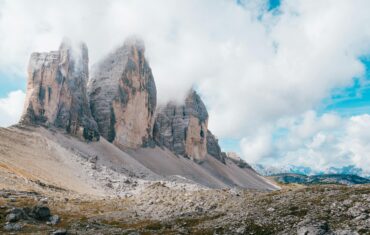When traveling through Italy, you’ll quickly notice a charming and practical feature in many towns and cities: public water fountains, known as “fontanelle”. These fountains are more than just picturesque landmarks; they are a testament to Italy’s rich history, engineering prowess, and commitment to public health. Here’s why Italy’s public water fountains are worth celebrating and incorporating into your travel experience.
A Legacy of Ancient Rome
Ingenious Engineering: The tradition of public water fountains dates back to ancient Rome, where engineers built elaborate aqueducts to supply clean water to the city. These aqueducts fed public baths, private homes, and fountains, ensuring that fresh water was accessible to all citizens. Many of the fountains you see today are part of this enduring legacy.
Historical Significance: Strolling through Rome, you’ll encounter fountains that are centuries old, such as the Fontana di Trevi and the fountains in Piazza Navona. These historical monuments are not only beautiful but also represent the pinnacle of Roman engineering and artistry.
An Abundance of Fresh Water
Free and Accessible: One of the most remarkable aspects of Italy’s public fountains is that the water is free and safe to drink. This accessibility is a boon for travelers, allowing you to refill your water bottle throughout the day without spending money on bottled water.
Look for Signs: Not all fountains are for drinking. Pay attention to signs indicating whether the water is potable (drinkable). In most cities, potable water fountains are clearly marked.
Eco-Friendly Option: Using public fountains helps reduce plastic waste, making your travel more sustainable. By refilling your bottle instead of buying new ones, you contribute to the reduction of single-use plastics, which is crucial for protecting the environment.
Iconic Fountains to Visit
Rome’s Fontanelle: Rome alone has over 1,500 public fountains. The Nasoni, or “big noses,” are simple yet iconic cast-iron fountains found throughout the city. They are named for their distinctive spout shape, which resembles a nose. Here are some key locations where you can find these potable fountains:
- Piazza del Popolo: A bustling square with beautiful architecture and convenient access to fresh water.
- Via Veneto: Famous for its luxury hotels and historical significance, and home to several Nasoni.
- Campo de’ Fiori: A lively market square where you can enjoy fresh water while exploring the local produce and goods.
- Piazza Navona: Near the famous fountains and vibrant street performances, perfect for a refreshing break.
- Trastevere: This charming neighborhood is full of character and numerous Nasoni for you to discover.
Venice’s Refreshing Spots: Venice, with its intricate canal system, has strategically placed fountains that provide fresh drinking water. These fountains are especially valuable in a city where staying hydrated while exploring the labyrinthine streets and waterways is essential. Some key locations in Venice include:
- Piazza San Marco: The heart of Venice, where you can find a potable fountain near the famous St. Mark’s Basilica. If you go towards the water, then make a right after the tall lion statue with wings, you will see the fountain.
- Rialto Bridge: Near this iconic bridge, you’ll find fountains to refill your bottle as you take in the sights.
- Campo Santa Margherita: A lively square with a local vibe, ideal for a quick drink and a rest.
- Cannaregio District: This less touristy area offers a glimpse into everyday Venetian life, with several public fountains available.
- Dorsoduro: Near the Peggy Guggenheim Collection, perfect for art lovers who need a hydration break.
Conclusion
Italy’s public water fountains are more than just a convenience; they are a symbol of the country’s rich history, culture, and dedication to public health. From the ancient aqueducts of Rome to the elegant fountains of Venice, these water sources enhance the travel experience by providing free, fresh water and a connection to Italy’s storied past. So, next time you’re wandering through an Italian city, take a moment to appreciate and utilize these remarkable public resources. Happy travels and stay hydrated!








